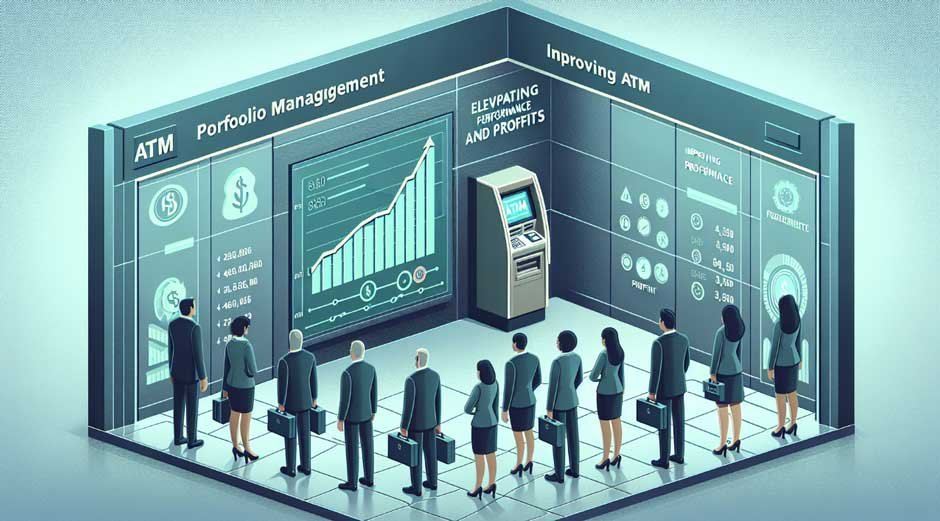Discovering a charge labeled “PAI ISO ATM” on a bank statement can prompt questions and concerns. This term ties into the complex web of financial transactions, specifically when an ATM is used or a purchase is made with a debit or credit card processed by Payment Alliance International through an Independent Sales Organization.
The article aims to demystify what PAI ISO ATM charge is, exploring its implications on bank statements and how users can navigate these charges. It provides insights into the intersection of Payment Account Information and ISO standards in the banking sector, shedding light on a common, yet often misunderstood, aspect of digital finance.
What is PAI ISO?
Understanding PAI ISO
PAI ISO, or Payment Alliance International ISO, plays a significant role in the financial industry, particularly in ATM transactions and payment processing. Here, we break down its components and functions to provide a clearer understanding:
- Definition and Functionality
PAI ISO refers to Payment Alliance International’s involvement with Independent Sales Organizations (ISOs). These organizations are authorized by banks to sell banking services like credit card processing to merchants, thereby extending the bank’s reach without direct interaction. - Industry Standards
The term ISO also connects to the ISO 20022 and ISO 8583 standards, which are global frameworks for financial transaction messaging. This standardization ensures that financial institutions can communicate seamlessly, regardless of differing systems or technologies. - Security and Efficiency in Transactions
In the context of ATM transactions, PAI ISO ensures secure and accurate communication between ATMs and financial institutions. This not only helps in reducing errors and fraud but also enhances the efficiency of financial transactions. - Operational Scope
Payment Alliance International, under the PAI ISO framework, offers comprehensive ATM services. These include ATM processing, maintenance, and equipment provision, catering to both financial institutions and retail sectors. - Impact on Charges
The PAI ISO charge is typically noted on bank statements when transactions are processed through ATMs managed by PAI or when using merchant services that involve PAI. It’s essential for users to recognize this charge, as it relates to the services provided by PAI through ISOs.
By understanding these key aspects of PAI ISO, users can better navigate their financial interactions and recognize the implications of PAI ISO charges on their bank statements. This knowledge is crucial for managing finances effectively in a digitalized economy.
Impact of PAI ISO on Bank Statements
When you encounter a PAI ISO charge on your bank statement, it signifies that a transaction was processed through an ATM or a merchant service affiliated with Payment Alliance International (PAI) using an Independent Sales Organization (ISO). This charge generally appears with the merchant’s name or the ATM location, providing transparency about where the transaction occurred.
Key Details of PAI ISO Charges
- Transaction Identification: Each PAI ISO charge on your statement is typically linked to a specific transaction location, whether it’s an ATM withdrawal or a merchant payment.
- Fee Breakdown: The charge often includes the transaction amount plus an additional ATM fee. For example, withdrawing $100 might reflect as $102.50, where $2.50 is the ATM fee.
- Out-of-Network Fees: Using an ATM not affiliated with your bank’s network can incur additional PAI ISO charges, which include your bank’s out-of-network fee.
- Dispute and Verification: If a PAI ISO charge seems unfamiliar, it’s crucial to contact your bank or credit card issuer to verify the transaction or dispute the charge if it appears incorrect.
- Multiple Transactions: Multiple withdrawals at different PAI ATMs are listed as separate charges, each including the specific ATM fee.
Understanding the Impact on Your Finances
- Direct Costs: Users bear the direct costs of PAI ISO charges, which can accumulate, particularly in cross-border transactions.
- Budget Management: Recognizing these charges helps in managing budgets more effectively, as you can identify and plan for the additional costs associated with ATM withdrawals and merchant payments.
- Avoiding Unnecessary Fees: By understanding how PAI ISO charges work, customers can avoid unnecessary fees by using in-network ATMs and verifying transaction details regularly.
This awareness of PAI ISO charges enables customers to manage their financial transactions more effectively, ensuring they are not caught off guard by unexpected fees on their bank statements.
Navigating PAI ISO Charges
Understanding and managing PAI ISO charges effectively can significantly enhance financial management and prevent unnecessary expenditures. Here’s a step-by-step guide to help you navigate these charges:
Step-by-Step Guide to Managing PAI ISO Charges
- Check Your Transaction History Regularly: Regularly reviewing your bank statement can help you keep track of any PAI ISO charges and understand their origins.
- Use In-Network ATMs: To avoid additional fees, use ATMs within your bank’s network. Familiarize yourself with your bank’s ATM locations and policies regarding out-of-network charges.
- Identify Unauthorized Transactions: Stay vigilant for any charges that don’t look familiar. Early detection can prevent potential fraud.
- Contact Your Bank for Clarifications: If you notice an unrecognized PAI ISO charge, immediately contact your bank or card issuer. They can provide specifics about the transaction and help verify its legitimacy.
- File a Dispute if Necessary: Should there be a discrepancy, or if a transaction is confirmed fraudulent, file a dispute. Most banks offer a straightforward process for disputing transactions.
- Update Your Card if Compromised: In cases of fraud, your bank may advise replacing your debit card to prevent further unauthorized access.
- Educate Yourself on Signs of Fraud: Knowing what fraudulent transactions look like can help you spot them early. Often, these might include small test charges before larger unauthorized transactions.
- Contact PAI Directly for Support: If you need detailed explanations about specific charges, you can reach out to Payment Alliance International directly at their contact email: info@gopai.com, or phone number: 877-271-2627.
By following these steps, you can ensure that you are not only aware of how PAI ISO charges affect your finances but also equipped to manage them effectively.
Conclusion
Through this exploration, we’ve untangled the complexities surrounding PAI ISO ATM charges and provided a thorough understanding of their impact on financial transactions. By elucidating the role of Payment Alliance International and Independent Sales Organizations in facilitating secure and efficient ATM transactions, this article has shed light on the crucial aspects that contribute to the transparency and management of banking fees. Not only does this knowledge empower users to navigate their bank statements with greater confidence, but it also equips them with the necessary insights to manage potential charges effectively, fostering a more informed approach to personal financial management.
Moreover, the significance of being vigilant and proactive in handling these charges cannot be overstated. The guidance offered for recognizing and disputing unauthorized charges, alongside strategies for minimizing fees, underscores the importance of financial literacy in today’s digital economy. As users become more familiar with the intricacies of PAI ISO charges, they stand better positioned to protect their financial interests and make informed decisions. This awareness and understanding form the cornerstone of responsible financial behavior, ensuring that individuals can navigate the complexities of modern banking with assurance and acumen.






































0 Comments